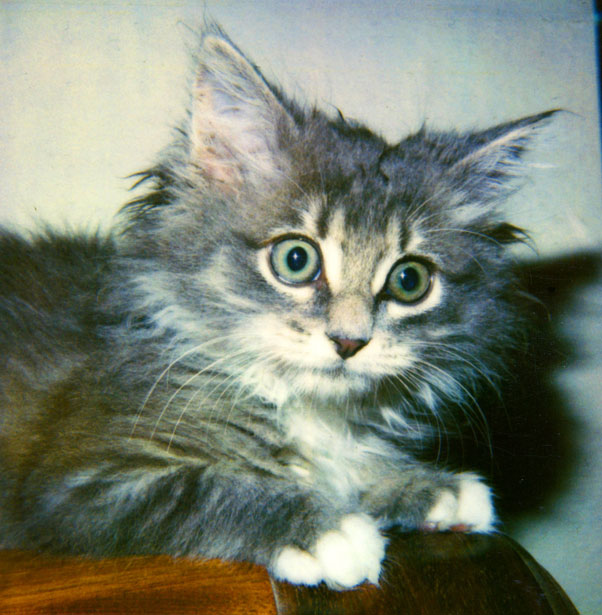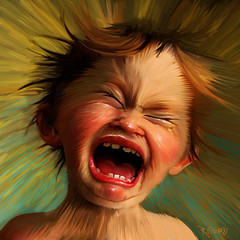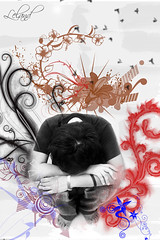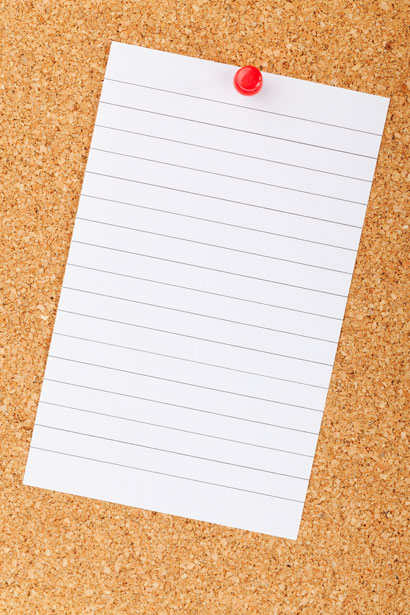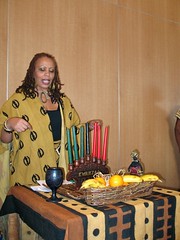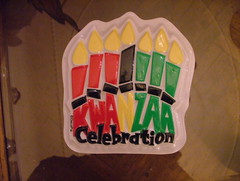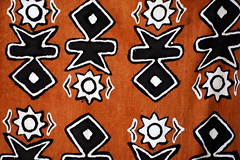2013
The Year of The Snake
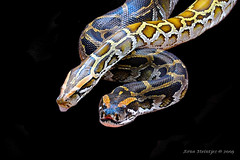
Image: 'Burmese Python (Python molurus bivittatus)'
http://www.flickr.com/photos/15745225@N00/4113623099
Found on flickrcc.net
http://www.flickr.com/photos/15745225@N00/4113623099
Found on flickrcc.net
New Year's Eve

Throughout the year, visitors to Times Square in NYC can write their New Year wishes on pieces of official confetti. At the end of the year, the wishes are added to the one ton of confetti that showers the crowd at midnight. (I didn't know this! We were in Times Square a few months ago!)
The Times Square New Year's Eve Ball came about in 1907 as a result of a ban on fireworks.
The first ball was an illuminated 700-pound iron and wood ball adorned with one hundred 25-watt light bulbs.
The modern ball, designed by Waterford Crystal, weighs 11,875 pounds, is 12 feet in diameter and bedazzled with 2,668 Waterford crystals.
The ball was not lowered in 1942 and 1943 due to wartime restrictions.
In Columbia, Cuba, and Puerto Rico, families stuff a life-sized male doll with memories of the outgoing year and dress him in old clothes from each family member. At midnight, he is set on fire.
In Brazil, a sacrificial boat filled with jewelry, candles and flowers is pushed into the ocean from the beach in Rio de Janeiro.
In Belgium, New Year's Eve is known as St. Sylvester Eve.
In Wales, the back door of the house is opened and shut immediately at the first toll of midnight. At the 12th toll, the door is re-opened to welcome the new year.
The Spanish eat a grape at every toll of the clock, to symbolize the coming twelve months of the year.
In the US, people believe that kissing at midnight is a lucky gesture that purifies everything that is evil.
New Year's Day
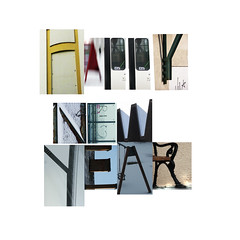
According to the National Insurance Crime Bureau, more vehicles are stolen on New Year's Day than on any other holiday.
40-45 percent of American adults make one or more resolutions each year. The top resolutions include: weight loss, exercise, quitting smoking, and better money management.
By the second week of January, 25 percent have abandoned their resolutions.
Lucky traditions around the World

Image: 'Maneki-neko æ‹›ã猫'
http://www.flickr.com/photos/62559061@N06/5879827507
Found on flickrcc.net
http://www.flickr.com/photos/62559061@N06/5879827507
Found on flickrcc.net
In Italy, people wear red underwear.
In England, the first guest of the year should be a male, bearing traditional gifts such as food for the kitchen, drink for the head of the family, and coal to light the fire.
In Denmark, people throw old dishes in front of friends' doors. This symbolizes friendship and brotherhood. The home with the most dishes outside has the most friends.
In China, every front door is painted red and all knives are hidden.
In Germany, people pour molten lead into cold water. Whatever shape the lead takes predicts the future.
In Greece, special bread is baked with a coin buried inside the dough. The first slice is offered to God, the second to the head of the home, and the third is meant for the house.
In the Philippines, they believe round things are lucky. They consume grapes, carry coins, and wear polka-dotted clothing.
Lucky Food
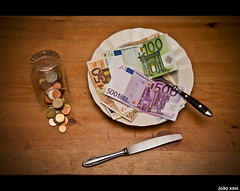
Grapes
Cooked greens
Legumes
Pork
Fish
Cakes (especially round or ring-shaped)
To avoid setbacks, you should NOT eat lobster and chicken . Lobsters move backward and chickens scratch backward.
On New Year's Eve, my family holds money in our hands at midnight.
What are your plans for the New Year? Does your family have any special traditions?

